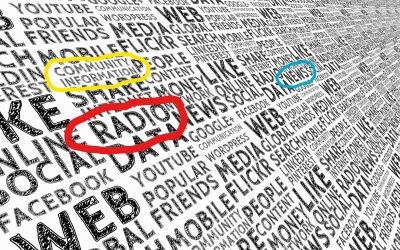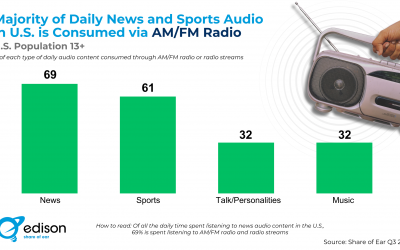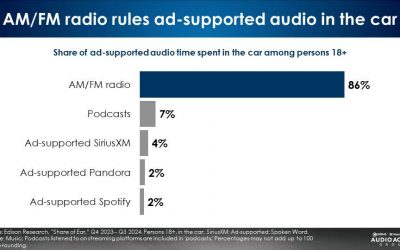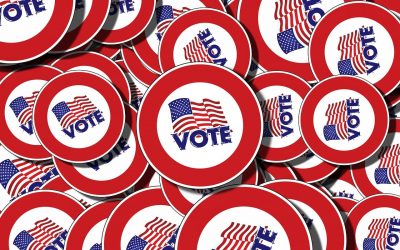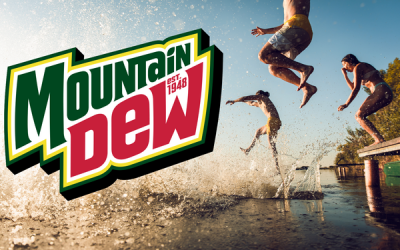One of the questions I sometimes get when people learn I work for a radio station is, "Do People Still Listen To The Radio?" And those are honest, sincere people, not being sarcastic. I can honestly tell them and you, "Yes." The day this article and podcast goes live,...
ScLoHo’s Collective Wisdom
The Real Value of Talk Radio in 2025
Since 2013, I've worked for WOWO radio in Fort Wayne Indiana. This is WOWO's 100th birthday this year and for the past 3 decades WOWO has been a news/talk radio station. It's a legendary station with most of 100 years being broadcast on 1190AM. WOWO can also be...
Traditional Radio Relevancy in 2024 & 2025
It's the week between Christmas and New Year and for this weeks update, I found an article that caught my attention back in July. You can read it here.In the meantime, I'm just going to share a couple of thoughts from that story and what really matters as we move to a...
Radio Works for Retailers
The email headline in my inbox last month read: AM/FM Radio Delivers Results For Retailers This Holiday Season I've got the highlights and insight from this report from WestwoodOne.com. The data comes from multiple credible research companies like Nielsen, Edison and...
Win Back Former Customers
What should you change to retain or win back customers? What internal changes can you make that will create a more positive customer experience? Are there some things that have changed but that law of "unintended consequences" kicked in and perhaps you should revert...
23 Percent Don’t Know What They Are Doing
It's another election week in the United States of America. Monday November 4th is when this article gets published on my website and the audio version is released as episode 353 of the Genuine ScLoHo Media and Marketing podcast. Because I work in the media, specially...
Is Your Brand Identity Correct?
My favorite carbonated beverage is changing their branding. So I'm going to stop drinking it in protest. Just kidding. Mountain Dew is changing their labeling to Mountain Dew. I know, that sounds weird but it's a visual change, not a verbal change. Here's the story...
Audio Advertising: Streaming Music versus Traditional Radio
I've been getting a lot of research and data coming my direction that I've decided to share with you in a series of articles I'm labeling Audio Advertising. As a business owner or just a regular consumer, we hear and read various things that we might think are more...
What’s the Value of Your Name?
Just a quick word of caution today about your company name... it's more valuable than you think. A story about the Campbell Soup Company wanting to change their name after 155 years hit my inbox this week and I hope that they handle this carefully. Mediapost.com's...

